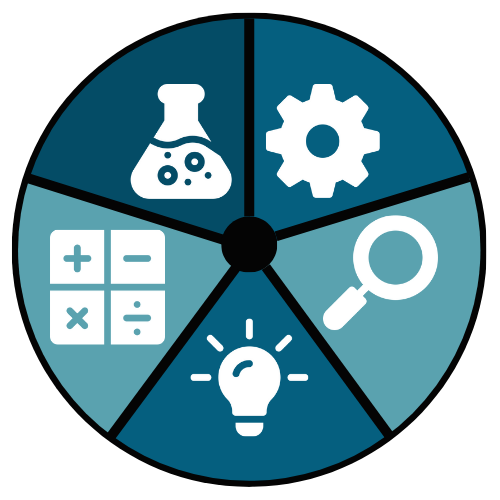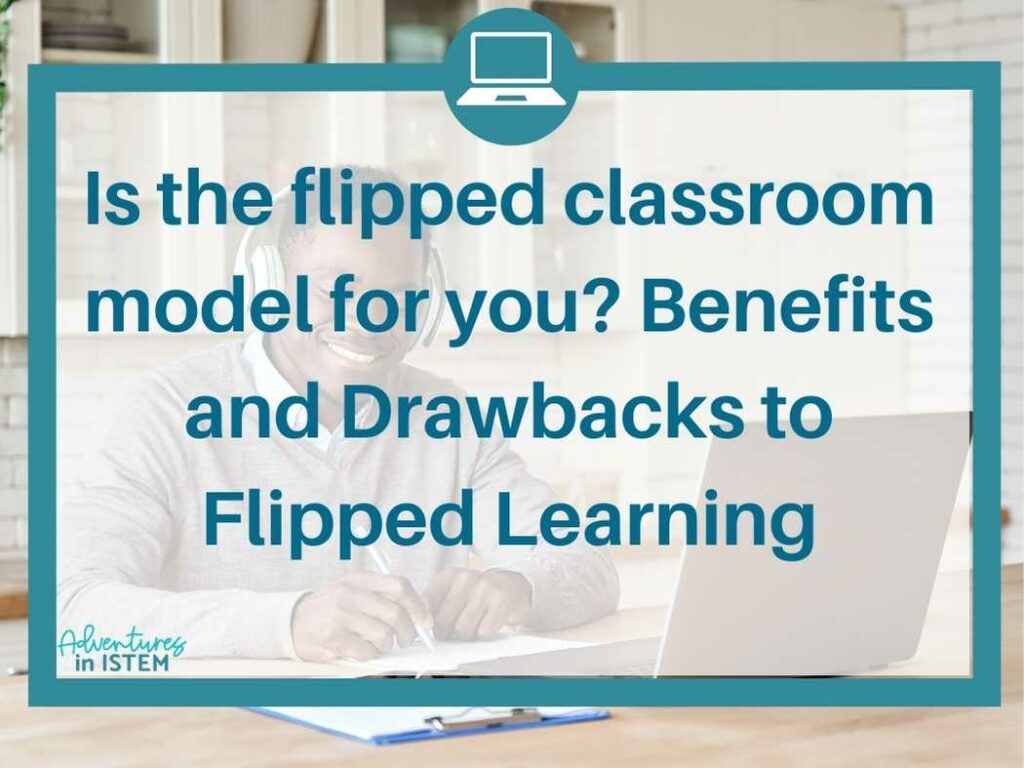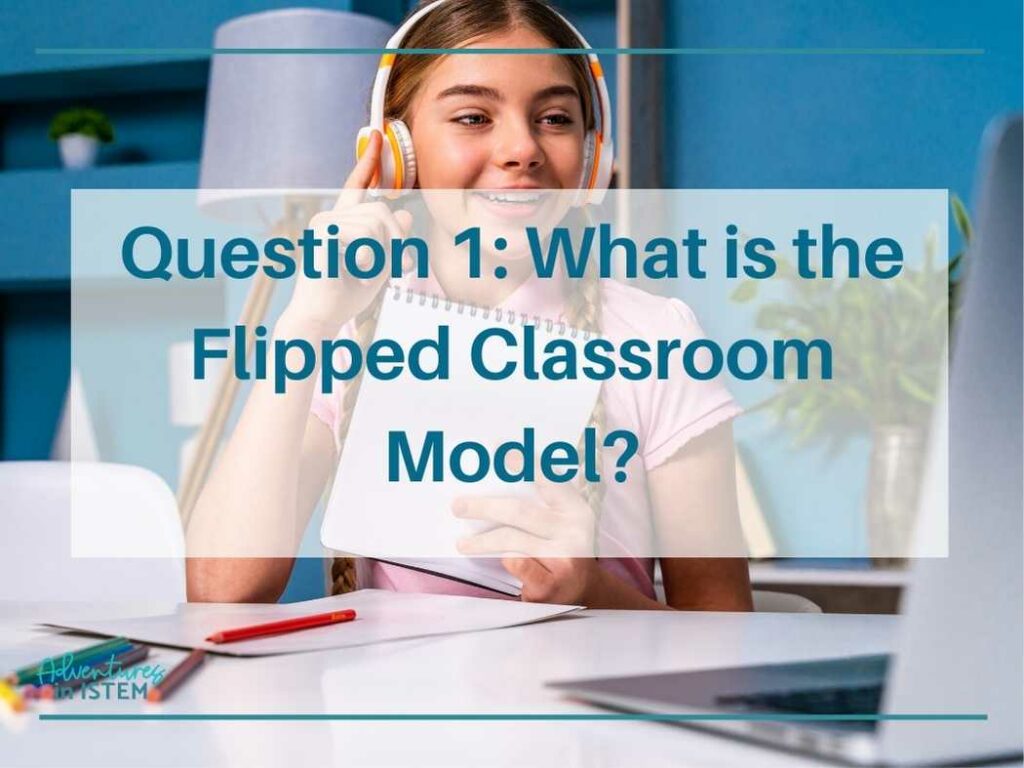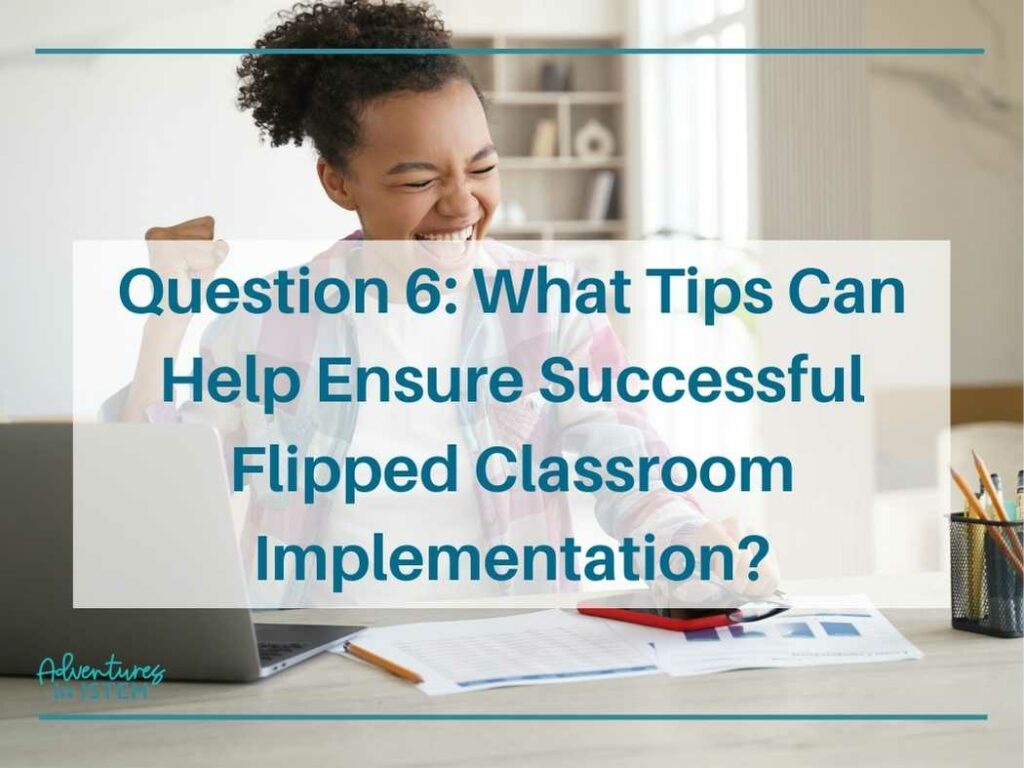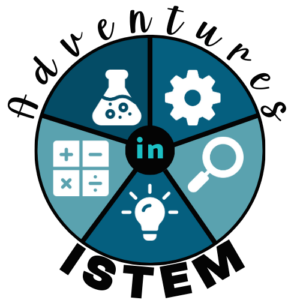Teachers, are you curious about the flipped classroom model and whether it’s the right fit for you? If you’re considering whether the flipped classroom model is right for you, you’re in the right place.
In this post, we’ll address key questions about its definition, benefits, drawbacks, real-world applications, and implementation strategies. Join us as we unravel the essentials, helping you make an informed decision about integrating this innovative approach into your teaching repertoire.
Let’s dive in and explore the potential of this transformative approach in education
Question 1: What is the Flipped Classroom Model?
Answer: The flipped classroom model is a pedagogical approach that reverses the traditional sequence of learning activities. In this model, students engage with instructional content at home, typically through videos or other resources, allowing them to learn foundational concepts and take notes independently.
Classroom time is then dedicated to active learning experiences, where students apply and deepen their understanding of the material under the teacher’s guidance. This approach aims to optimize face-to-face instructional time for more interactive and collaborative activities, fostering deeper engagement and comprehension among students.
Question 2: What Are the Benefits of the Flipped Classroom Model?
Answer: The benefits of the flipped classroom model are various and significantly enhance the learning experience for both students and teachers. One of its primary advantages lies in its flexibility, allowing students to learn and take notes at their own pace.
By accessing instructional materials at home, students can pause, rewind, and rewatch videos, facilitating personalized learning experiences tailored to individual needs and preferences. This personalized approach accommodates diverse learning styles and empowers students to take ownership of their learning journey, fostering a sense of autonomy and self-efficacy.
Moreover, the flipped classroom model promotes higher levels of student engagement by shifting the focus from passive consumption of information to active participation in classroom activities. By front-loading content delivery outside of class, educators can dedicate valuable face-to-face instructional time to interactive discussions, collaborative projects, and hands-on activities.
This emphasis on active learning deepens students’ understanding of the material and cultivates essential critical thinking, problem-solving, and communication skills necessary for success in the 21st century.
The flipped classroom model also facilitates more personalized and differentiated instruction, enabling teachers to provide targeted support and individualized attention to students. By leveraging technology and innovative teaching strategies, educators can tailor instruction to meet students’ diverse needs and abilities, thereby promoting inclusivity and academic growth.
Furthermore, the model enhances teacher-student interactions. It transforms teachers into facilitators and coaches who guide students through their learning journey, provide timely feedback, and foster a collaborative and supportive learning environment. Overall, the benefits of the flipped classroom model underscore its potential to revolutionize education and empower students to thrive in a rapidly evolving world.
Question 3: What Are the Potential Disadvantages of the Flipped Classroom Model?
Answer: While the flipped classroom model offers numerous benefits, educators must consider several potential disadvantages. One significant challenge is the requirement for adequate technology access for all students.
Not all students may have reliable internet connections or access to the necessary devices to engage with online instructional materials at home, potentially exacerbating existing educational inequalities. Furthermore, the initial setup of at-home lessons and in-class activities can be time-consuming and resource-intensive for teachers.
Designing high-quality instructional videos, developing interactive online resources, and planning to engage in-class activities demand significant preparation and may increase teacher workload, particularly during the transition period to implementing the flipped model.
Another potential drawback of the flipped classroom model is the less controlled setting during in-class activities. With students working on different tasks or projects based on their individual learning needs and preferences, maintaining classroom management and ensuring equitable participation can pose challenges for teachers.
Additionally, educators must develop strategies to address the needs of students who may need more time to complete the assigned flipped lessons at home, ensuring that all students receive equitable access to instruction and support. Moreover, implementing the flipped classroom model may encounter resistance from parents and administrators unfamiliar with this innovative approach to teaching and learning.
Educators may need to invest time and effort in educating stakeholders about the benefits of the flipped model and garnering their support to facilitate successful implementation. Overall, while the flipped classroom model offers promising opportunities for enhancing student learning outcomes, educators must carefully navigate these potential disadvantages to ensure its effective implementation and equitable impact on all students.
Question 4: How Can Educators Balance the Pros and Cons of the Flipped Classroom Model?
Answer: Balancing the advantages and drawbacks of the flipped classroom model requires educators to implement strategies that mitigate potential challenges while maximizing the benefits of this innovative approach.
Firstly, addressing technology barriers is paramount to ensuring equitable access to instructional materials for all students. Educators can collaborate with school administrators to provide necessary resources, such as laptops or internet hotspots, to students who may lack access at home.
Additionally, offering alternative offline options for accessing instructional content, such as providing printed materials or hosting in-person study sessions, can help accommodate diverse technological needs and preferences.
Furthermore, maintaining a structured and supportive learning environment is essential for optimizing the effectiveness of the flipped classroom model. Educators can address concerns about the less controlled setting during in-class activities by implementing clear expectations, establishing routines, and utilizing small group instruction or station rotation strategies to maintain student engagement and accountability.
Moreover, educators must develop contingency plans to support students who may need help completing flipped lessons at home, such as providing additional support during class time or offering alternative assignments to ensure that all students have opportunities to engage with the material.
Educators can prioritize clear communication and proactive engagement with stakeholders to address concerns about unequal participation and resistance to change. This involves educating parents, students, and administrators about the benefits of the flipped classroom model and addressing any misconceptions or concerns they may have.
By soliciting feedback, providing ongoing support, and celebrating successes, educators can cultivate a sense of ownership and buy-in among all stakeholders, fostering a supportive and collaborative learning community. Ultimately, by carefully balancing the pros and cons of the flipped classroom model through thoughtful planning, resource allocation, and stakeholder engagement, educators can create a more dynamic and inclusive learning environment that maximizes student engagement and achievement.
Question 5: Can You Share Real-World Examples and Success Stories of Flipped Classrooms?
Answer: The success stories documented in Elizabeth Heubeck’s Education Week article “Flipped Classes’ After the Pandemic: Why These Teachers Say They’ll Never Go Back” highlight the transformative potential of the flipped classroom model in education. Pioneered by Aaron Sams and Jon Bergmann in the early 2000s, the model’s effectiveness in deepening student comprehension through pre-recorded lessons led to widespread adoption and the establishment of the Flipped Learning Network.
Educators like Angela Barnett, Lisa Leaheey, and Marc Seigel offer compelling examples of the flipped classroom’s impact. Barnett emphasizes the collaborative learning environment and heightened student engagement, while Leaheey’s experience teaching “Hamlet” demonstrates its effectiveness in promoting comprehension through group work. Seigel’s implementation across diverse academic levels illustrates the model’s adaptability and its capacity to enhance teacher-student interactions.
These narratives underscore the versatility and efficacy of the flipped classroom in promoting student-centered learning and critical thinking skills. Embracing technology-driven teaching methods empowers students to take charge of their learning journey and develop essential skills for the digital age.
The flipped classroom not only enhances academic outcomes but also fosters a culture of collaboration, engagement, and continual growth in the classroom. Moreover, drawing from personal experience of flipping my class for over 10 years, I have witnessed firsthand how the flipped classroom model nurtures student autonomy, fosters enthusiasm for learning, and strengthens teacher-student relationships, reinforcing its status as a dynamic and effective pedagogical approach.
Question 6: What Tips Can Help Ensure Successful Flipped Classroom Implementation?
Answer: Successfully implementing a flipped classroom requires careful planning and consideration of various factors. One key aspect is establishing clear expectations for students regarding their responsibilities before entering the classroom.
This entails outlining what they are expected to do at home, such as watching instructional videos or completing preparatory assignments. By setting these expectations upfront, educators can ensure that students come to class ready to engage in meaningful activities that build upon their pre-existing knowledge.
Moreover, initially, conducting a few flipped activities in the classroom can help acclimate students to the process and alleviate any uncertainties they may have about completing tasks independently at home. This guided approach allows educators to provide immediate support and feedback, thereby increasing the likelihood of successful implementation.
Additionally, incorporating a reward system can incentivize students to complete the flipped lessons before coming to school, fostering a sense of accountability and motivation. Furthermore, it’s essential to address potential barriers to participation, such as students lacking access to technology or facing challenges with homework completion at home.
Providing resources and support, such as a designated space on campus for completing flipped lessons, can help mitigate these obstacles and ensure equitable access to learning opportunities. Additionally, integrating engaging and interactive activities into classroom sessions can further motivate students to participate in the flipped learning model, fostering a positive and collaborative learning environment.
Overall, by carefully considering these tips and strategies, educators can enhance the effectiveness of flipped classroom implementation and create a more engaging and dynamic learning experience for their students.
We hope that this Q&A guide has provided valuable insights into its principles, benefits, and challenges. If you’re intrigued by the possibilities of this innovative approach to teaching and learning, we encourage you to take the next step.
Dive deeper into the intricacies of flipped classroom implementation with our free guide, offering comprehensive strategies and practical tips to support your journey. Whether you’re a seasoned educator or just beginning to explore new teaching methods, our guide is designed to empower you with the knowledge and resources needed to integrate the flipped classroom model into your classroom effectively.
Let’s embark on this transformative educational journey together and unlock the full potential of the flipped classroom model.
